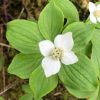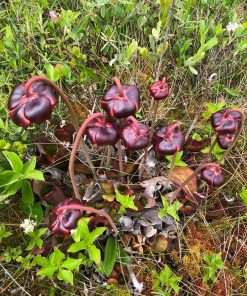100+ Marshmallow flower, Althaea officinalis, Marsh Mallow Plant seeds, perennial
$5.00
2 in stock
Common Name Marshmallow, marsh mallow
Scientific Name Althaea officinalis
Family Malvaceae
Plant Type Perennial, herb
Mature Size 4-5 ft. tall, 2 ft. wide
Sun Exposure Full
Soil Type Moist
Soil pH Acidic, neutral, alkaline
Bloom Time Summer
Flower Color White, pink
Hardiness Zones 3-7 (USDA)
Native Areas Europe, Asia, Africa
You can either plant marshmallow seeds directly in the ground in the late fall if your area has mild winters, or in the early spring if your winters tend to be frosty. In either case, you’ll want to plant the seeds about 12 inches apart and mulch heavily to keep weeds at bay. Keep the area free of weeds until the plants are tall and established and then they’ll mostly be able to fend for themselves.
Does the mallow plant have anything to do with marshmallows?
Marshmallows were originally made by mixing mallow root sap, egg whites, and sugar to make the popular candy. In modern marshmallow production, the mallow root sap has been replaced by gelatin.
How do I harvest marsh mallow roots?
Wait until the roots are large and mature, about two years old. Using a garden fork, dig them in the late fall or spring when the plant is dormant. Remove the roots you’ll need and replant the crown because the plant may continue to grow.
Is marsh mallow plant invasive?
Marsh mallow plants reseed themselves, yet are not considered invasive. You might see them growing along a marshy roadside or in a meadow, and sometimes a volunteer will pop up in a home garden.
Be the first to review “100+ Marshmallow flower, Althaea officinalis, Marsh Mallow Plant seeds, perennial” Cancel reply
Related products
Asian Vegetable & Herb
Broad leaf red root Garlic Chive / Chinese Chive seeds 紫根韭菜/ 大叶韭菜/ 宽叶韭菜

 20+ organic kabocha squash / Japanese pumpkin squash seeds 贝贝南瓜/栗子南瓜/日本南瓜
20+ organic kabocha squash / Japanese pumpkin squash seeds 贝贝南瓜/栗子南瓜/日本南瓜 










Reviews
There are no reviews yet.